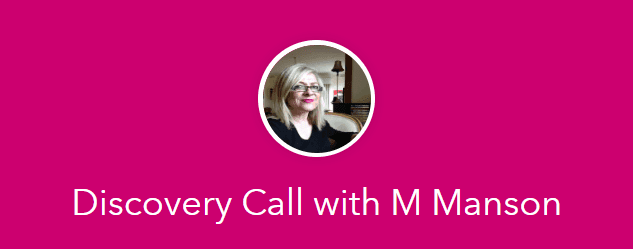 There are two reasons why some great ideas succeed while others fail. Understanding these reasons can be just what you need to ensure success of your next project.
There are two reasons why some great ideas succeed while others fail. Understanding these reasons can be just what you need to ensure success of your next project.
Business in general, and innovation in particular, is a contact sport. You simply cannot do it alone. But when you enter any team arrangements, you are setting yourself for collaboration dependencies which carry two Risks of innovation. When you understand these risks you can work to eliminate them to ensure your project’s success.
InnoFuture recently spoke with Professor Ron Adner, acclaimed business thinker and author of the fabulous “The Wide Lens” bestseller. While we refer to ‘innovation’, these risks are just as relevant to any major or routine projects. Understanding the collaboration ecosystems, will enable you to improve the performance and fast-track your next project.
The first risk is “Co-innovation risk”, failure to map out in advance how the commercialization of your innovation depends on the commercialization of other innovations;
The trouble is that when you are depending on someone else to do their part, and that someone is not under your own control, you can find yourself with a really expensive launch budget that is slowly getting spent before a ‘complete’ product can be ready.
Why did MP3 players not really take off until Apple invented the iPod? Or, have you seen major IT projects ballooning in costs because the one or more programming parts haven’t been considered?
The second risk is “Adoption Chain Risk”, failure to consider, which other partners need to adopt their innovation before end consumers have a chance to assess the full value proposition.
This is the risk to which you are exposed when you have to secure a buy-in to your idea from one or more third parties, before it can be delivered to your end customers. Many stalled innovations have struggled with this dilemma. Powerful, entrenched interests can prove a powerful counter force.
Additional examples of ‘adoption risk’.
These two examples come from my own experience working with different organisations. Refer to Ron Adner’s book for systematically documented case examples that will help you understand how to:
- predict
- plan for
- manage the risk in collaboration ecosystems and have better control of your project outcomes.
An extreme example: I was working on a PR assignment to ‘market’ Australian plastic notes internationally. Based on their durability, they were ideal for many developing countries, where the currency rarely went back to banks, was buried and carried anywhere but in protecting wallets. Yet, marketing of this innovation had the ecosystem that was more of a jungle. There were opposing powerful and entrenched existing suppliers as well as the unofficial ‘partner-chain’, with very unconventional business approaches. To succeed the Australian supplier had to sort out through all these dependencies and meet the needs of all ‘partners’ in the ecosystem. Sometimes, you simply cannot crack an ecosystem.
Traditional collaboration risks – business silos: Some years ago I was hired by a major national retailer to help implement ‘marketing’ orientation (what I now call ‘culture’) as an outsider, with specialist knowledge and no ‘luggage’. I never worked in retail before. The picture I found was of a bunch of silos joined by a down-pipe called mass marketing and discounting. Nobody collaborated – everybody did their job and with great ability. These were smart and experienced people, who knew they were working for a great brand. But all they knew was mass marketing routine.
The challenge: stop dependency on discounting and improve profit margins. Marketing was clearly an answer, but how to overcome entrenched behaviours, seemingly conflicting interests and do it from the position of no power? I had no authority over any of the GMs and the marketing team was seen as ‘guys in ivory towers’ who don’t understand retail.
Seeing the big goal and understanding who the players in the ecosystem were was step #1. Finding individual needs of each player, and linking them to the big picture – was a lot of legwork rather than step #2. Communicating and showing everyone how their jobs will benefit from the transformation did the trick. There was a gain for everyone: more profitable sales, more clear advertising messages with time for the creatives to develop and to work with merchandise stories; more information and time for store merchandisers to develop and move displays. On top of that we engaged IT and stores in a long term exercise of collecting marketing data to allow us to manage stock distribution better based on LAM mapping.
It didn’t take long to see the results – I can still see how it is working for this brand even if I left ages ago.
Extra reward for success: satisfaction from managing the two risks
Working with collaboration ecosystems is incredibly satisfying for leaders on all levels. You will either see results quickly or you will be able to cut your losses and change the strategy. I think that was the case with the plastic notes.
Hear Ron Adner explain the concepts – first hand.
Note: Interview Transcript is available with the RIOT Exclusive Access subscription. The 12-month Subscription provides FULL, exclusive, secure access to the Collaboration 21 program, comprising 12 interviews with global experts on collaboration; PLUS 12 InnoFuture RIOT events featuring interviews and coaching Modules on business innovation. USE these Modules to build your internal training and innovation culture.
Find out more about the IDEAL Business Academy…


